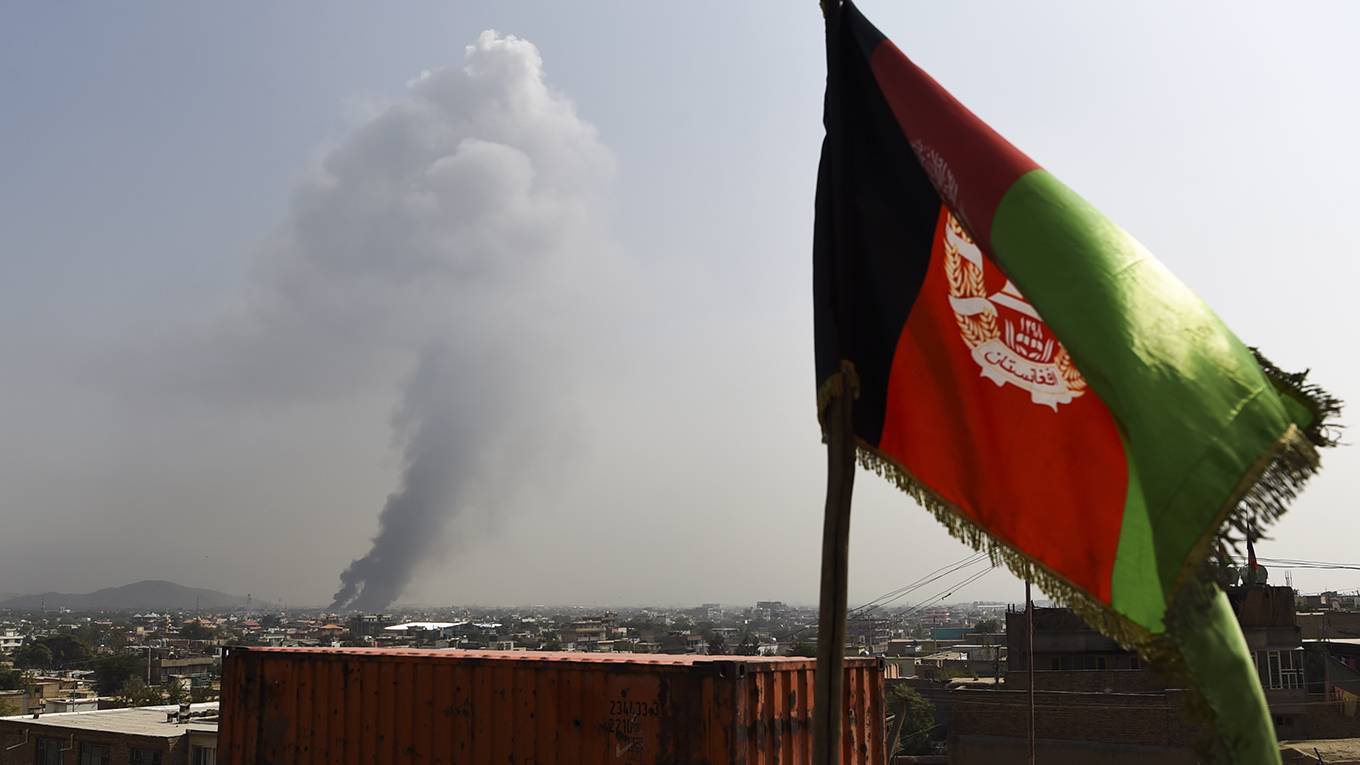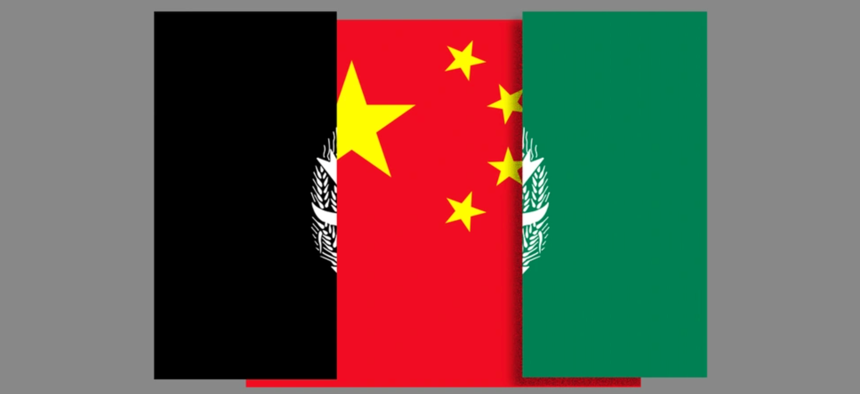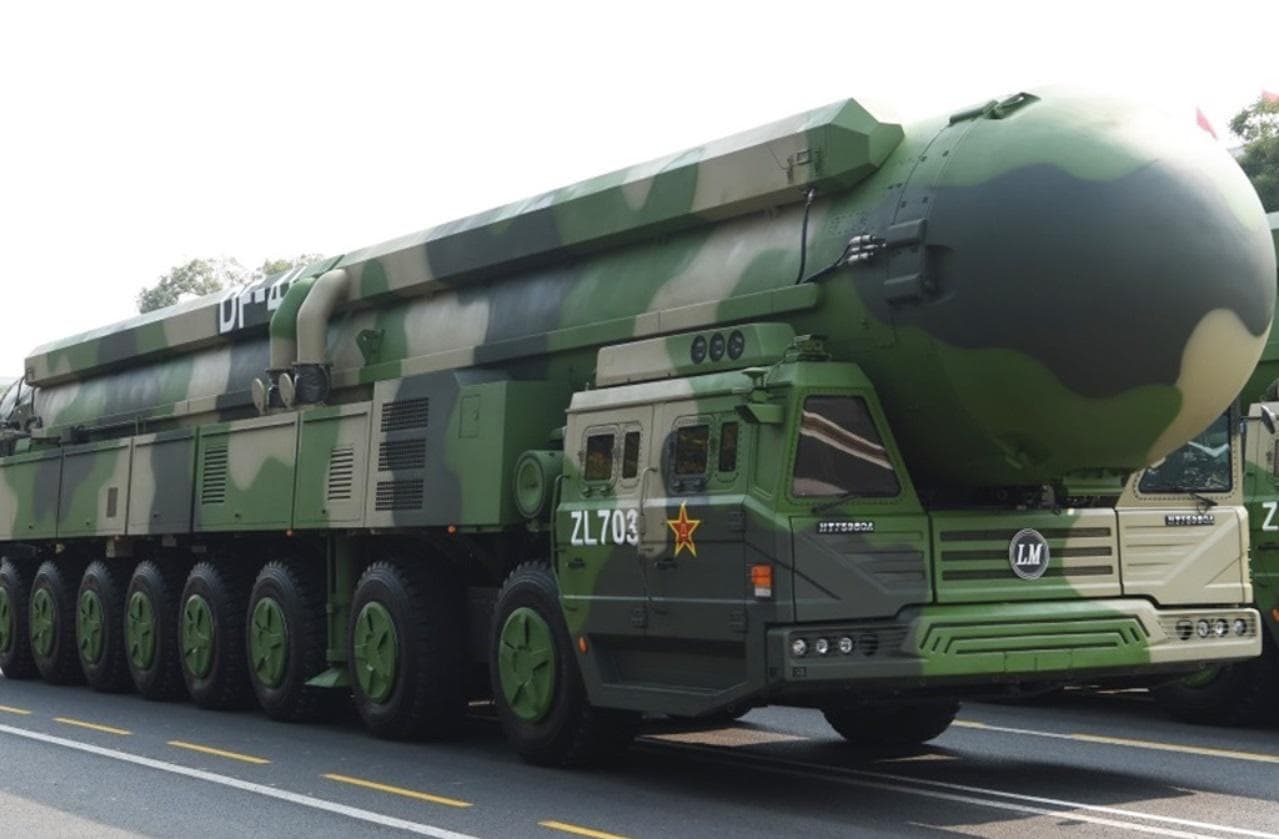Key Point: The Mongols attacked the Xi Xia in 1209, first taking the border settlements north of the Yellow River.
In ad 1205, Mongol ruler Genghis Khan, having completed the unification of his Gobi Desert empire, began looking south toward China for further conquest. The ever-truculent Mongols had been a thorn in China’s side for more than 2,000 years. Their many raids were the main reason the Chinese had constructed a 1,500-mile-long Great Wall from the eastern coast on the Pacific Ocean to the very edge of the Gobi. Not without reason did the Chinese consider the Mongols barbarians—their very name meant “earth shakers.” At the head of a united army of fearsome nomads, Genghis Khan would soon make the earth shake again.
War With Xi Xia
Genghis’s first target was the western Chinese kingdom of Xi Xia. The Xi, known to the Mongols as the Tanguts, had emigrated east from the mountains of Tibet to the hilly grasslands centered on the Yellow River in the 7th century ad. The Mongols and the Xi, as wary neighbors, shared some of the same relatives; one of Genghis’s own stepdaughters was the wife of a Tangut chieftain. Family ties meant little to Genghis Khan. His father, Yesugei, had been poisoned by grudge-bearing members of a Tatar clan when Genghis, then called Temujin, was eight. Five years later, Temujin killed his own half brother Begter in cold blood after the two quarreled over some birds and minnows that Temujin had caught. “Apart from our shadows we have no friends,” he had been taught from the cradle. It was lesson he never forgot. After he had consolidated his power, Genghis Khan killed every male member of the Tatar clan that had killed his father—any boy taller than a wagon wheel was struck down.



















